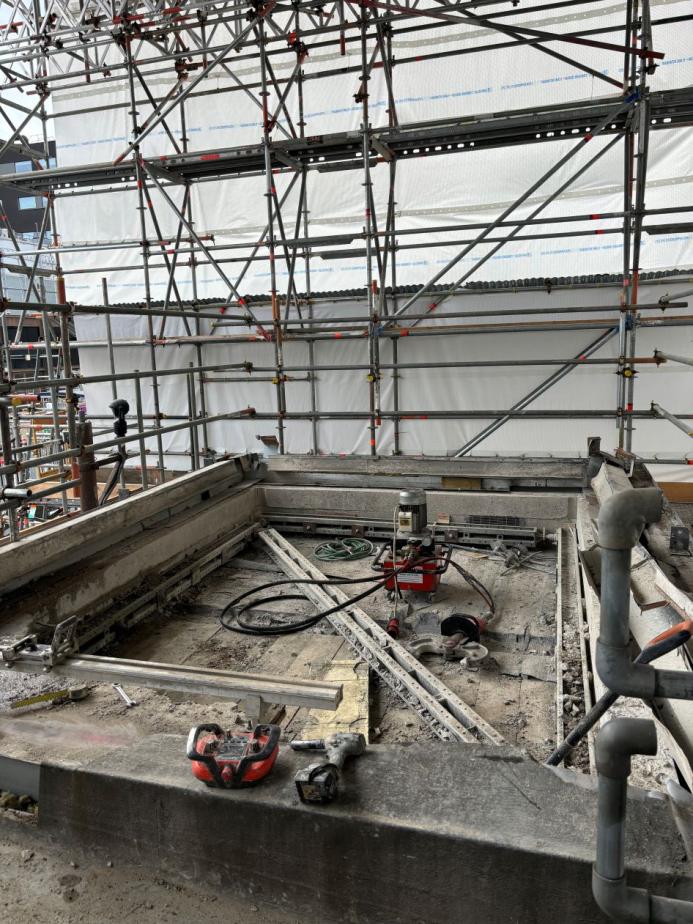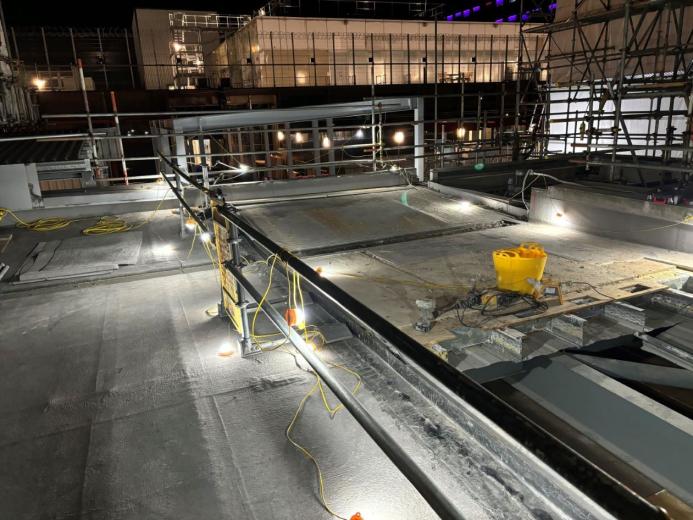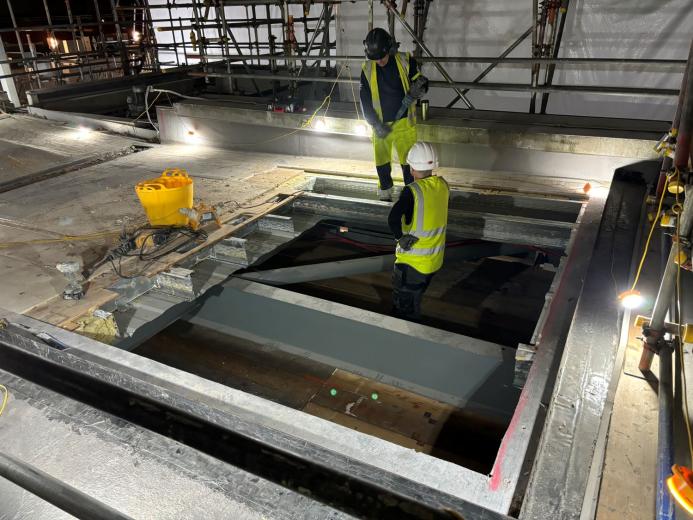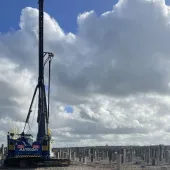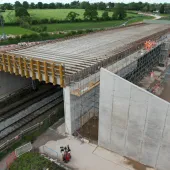Roof and lift shaft extension for Gatwick Airport
Gatwick Airport’s South Terminal is undergoing significant structural upgrades as part of a project to build a new Passenger Search Area (PSA) that meets updated security standards. In collaboration with Balfour Beatty, Castle & Pryor has led efforts to extend the lift shaft, replace the roof, and open space for improved passenger circulation.
The construction team has completed a variety of complex tasks to modify the South Terminal building. They have removed the lift shaft lid and floor, as well as a pond roof section to make room for a new staircase. An old upstand wall was also removed to reconfigure the terminal’s layout for smoother passenger flow.
Working in an active airport environment required extra planning. To prevent disruptions to the lift system, crews used a compact, battery-operated Twinka loader, designed for efficient and quiet material handling in confined or sensitive environments, to clear more than 31 tonnes of reinforced concrete with much of this work completed during night shifts to keep operations running smoothly during peak hours.
For the most challenging cuts, the team used a Husqvarna WS 482 track saw around the lift shaft area. The Husqvarna DXR95 demolition robot, nicknamed "George," then removed sections of reinforced concrete, cladding, and steelwork.
A compact, remote-controlled demolition robot designed for precise and safe demolition in confined spaces, the Husqvarna DXR95 is equipped with powerful hydraulic arms to efficiently break through concrete and other tough materials. While its compact size and remote operation make it ideal for challenging environments, allowing operators to work safely at a distance.
With the structural changes completed, the new lift framework and an open roof space are now ready for the next construction phase.
This project also aligns with Gatwick Airport’s environmental targets. The new roof and updated systems are designed to reduce energy use and lower carbon emissions, part of Gatwick’s aim to reach net zero carbon by 2033.





